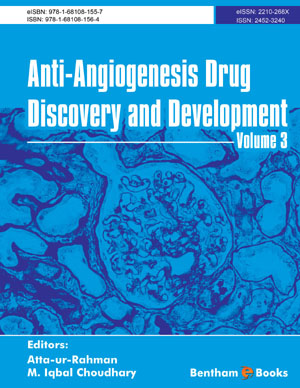Abstract
Pharmaceutical premises determine the manufacturing flows and provide the setting for manufacturing equipment and for the complementary utilities. Clean rooms, where production operations can be performed within a controlled environment, are the result of combining sanitary internal architecture and HVAC systems. Premises have to be well designed in order to impede the entrance of outside contamination and the diffusion of internal cross-contamination. Moreover, personnel, because of their inherent contamination, put at risk the quality of the internal environment of the premises and therefore their access has to be controlled and performed through changing rooms, where operators put on appropriate clothing for the operations to be performed. When products happen to be potentially harmful, it is necessary to protect operators and outside environment too. This requires specially designed premises where the above-mentioned protection of products is coupled with the protection of operators and environment. This latter requirement is fulfilled by means of two steps of contention, primary within closed devices and secondary within the rooms by a combination of differential pressure and air filtration. Qualification allows for the demonstration that premises perform as intended.
Keywords: Action limits, airborne particles, air changes, airflow, airlock, internal architecture, clean area, clean room classification requirements, clean room conditions, clean room monitoring, clean room qualification, clothing, containment, design, differential pressure, material flow, personnel flow, sanitary construction, turbulent airflow, UDAF.





















